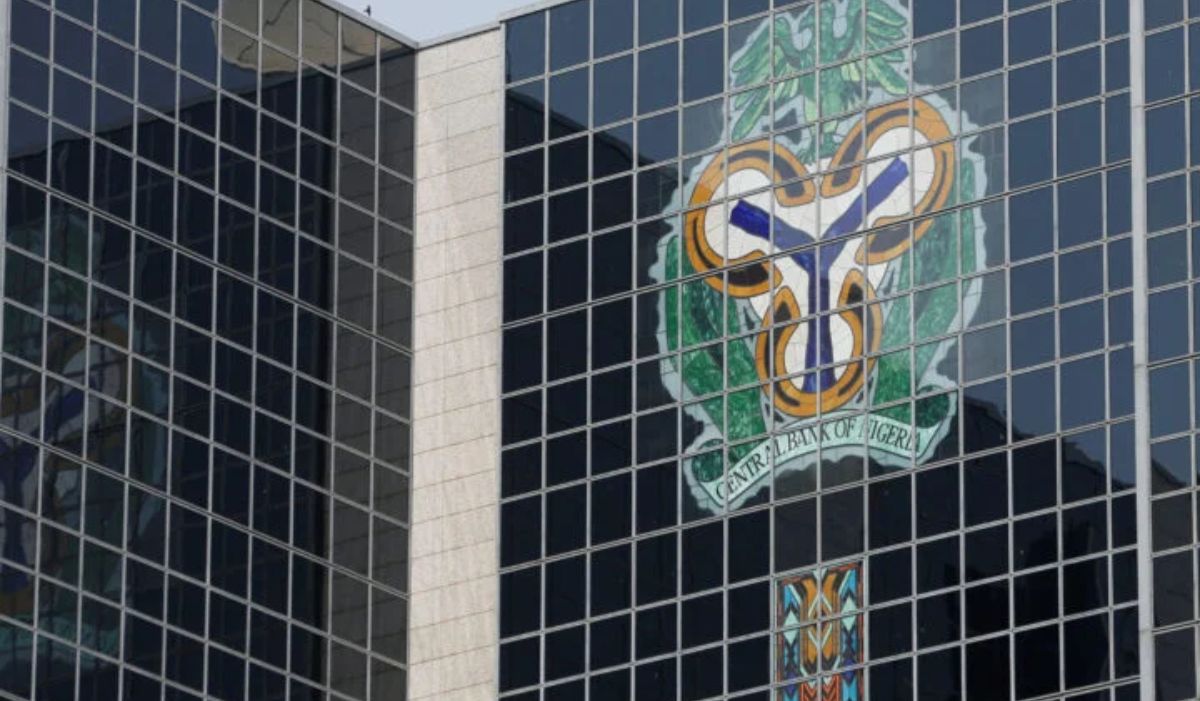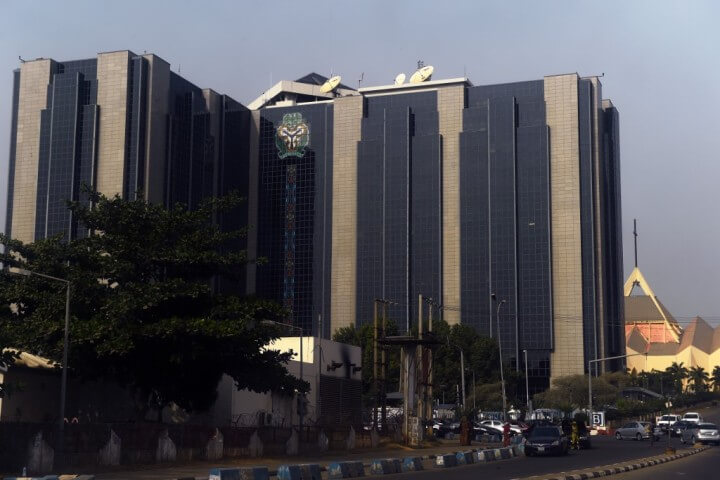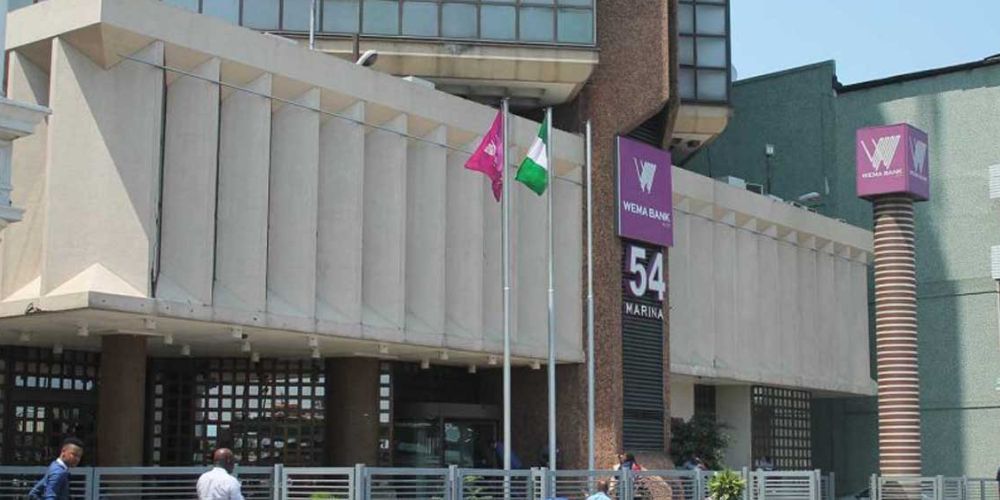Money Market Rates Drop Amid Ample Liquidity, CBN Windows Balance Cash Flows

Money market funding costs declined as adequate liquidity conditions prevailed throughout the financial system.
Financial institutions experiencing shortfalls accessed the central bank’s lending facility, while banks with excess cash utilised the standing deposit window for fund placement.
Despite varied trading activities, interbank liquidity remained robust and steady. Market participants expect borrowing costs to soften in the coming period unless monetary authorities implement significant liquidity absorption measures.
The banking sector experienced liquidity constraints following a major ₦2.5 trillion withdrawal through the standing deposit facility, which exceeded inflows of ₦949.2 billion from the standing lending facility, according to data from Afrinvest Capital Limited.
By the end of the week, the open repo rate (OPR) fell 8 basis points to 26.42%. Similarly, the overnight lending rate decreased 4 basis points to 26.92% over the same period, notwithstanding significant liquidity fluctuations.
Banking system liquidity began the period at ₦438.17 billion and ended slightly lower at ₦431.87 billion, AIICO Capital Limited reported. This liquidity position benefited from ₦1.14 trillion in OMO maturity proceeds and ₦17.87 billion from FGN bond coupon distributions.
To maintain equilibrium in the financial system, the CBN conducted a ₦500 billion OMO bills auction to partially refinance maturing OMO instruments from the previous week. The central bank’s auction generated substantial interest, receiving ₦743.25 billion in bids across medium-term securities.
Inflows from the ₦1.14 trillion OMO bill maturities and ₦17.87 billion FGN bond coupon receipts offset outflows of ₦655.25 billion for OMO auction settlements and ₦115.80 billion in net Nigerian Treasury bills issuance.
Investment houses noted that the decision to maintain unchanged interest rate benchmarks and policy parameters at the recent Monetary Policy Committee (MPC) meeting supported rate stability across markets.
Even amid mid-period liquidity pressures, markets demonstrated resilience, maintaining interbank funding costs near 26.5% throughout most trading sessions. System liquidity is expected to remain sufficient, backed by ₦984.22 billion in expected OMO maturities versus ₦300 billion in FGN bond auction settlements in the upcoming period.
Market observers believe the CBN might implement OMO auctions for money supply management, potentially pushing interbank rates upward. Average system liquidity strengthened to a net long position of ₦646.50 billion, compared to the prior week’s net long position of ₦230.04 billion, according to Cordros Capital Limited.
In the absence of central bank liquidity absorption activities, Cordros Capital Limited analysts anticipate that ₦987.22 billion in OMO maturities and ₦5.63 billion in FGN bond coupon payments will offset projected ₦300.00 billion in debits from Monday’s Debt Management Office (DMO) bond auction, thereby supporting system liquidity.
On Friday, the Nigerian Interbank Offered Rate (NIBOR) declined across most maturities, except for the 1-month rate, which dropped by only 2 basis points.
Primary money market indicators also moved lower on Friday: the open repo rate fell 8 basis points to 26.42%, and the overnight lending rate dropped 4 basis points to 26.92%.





